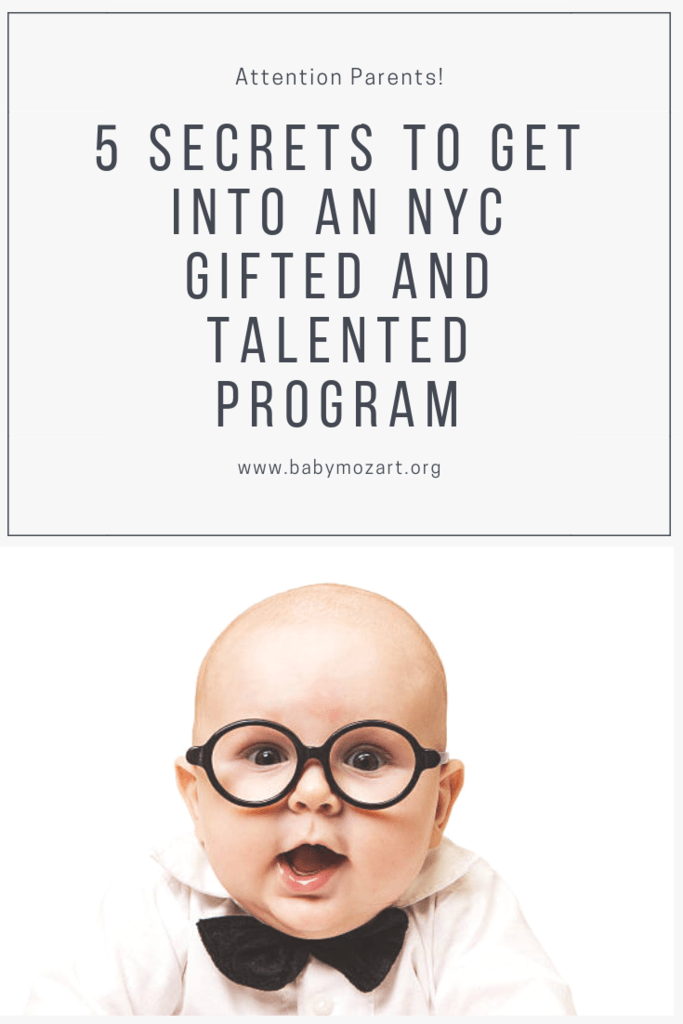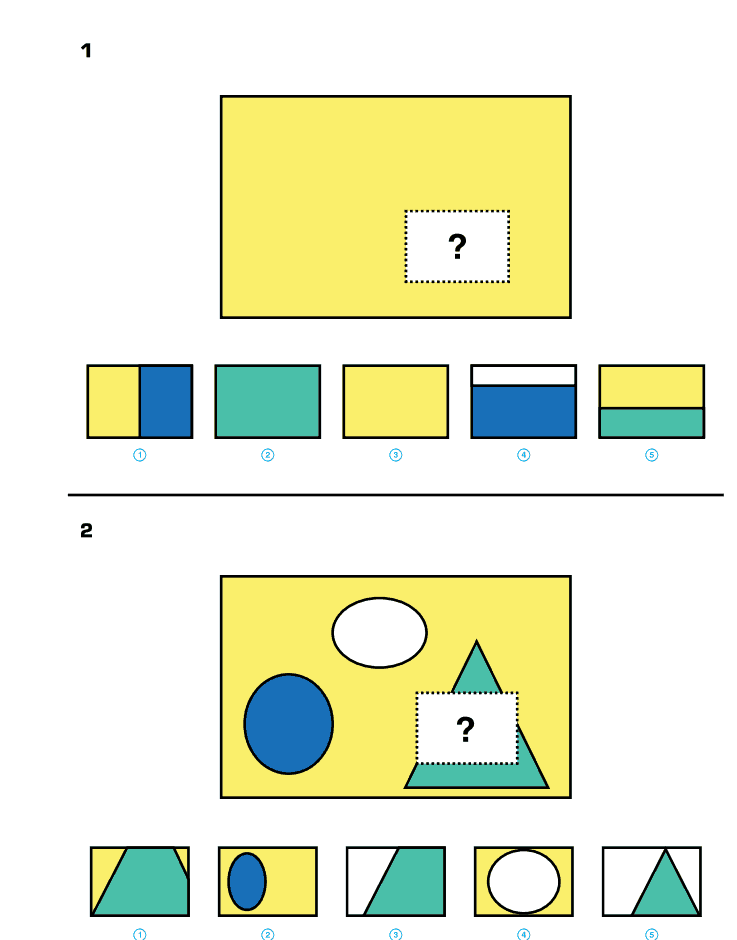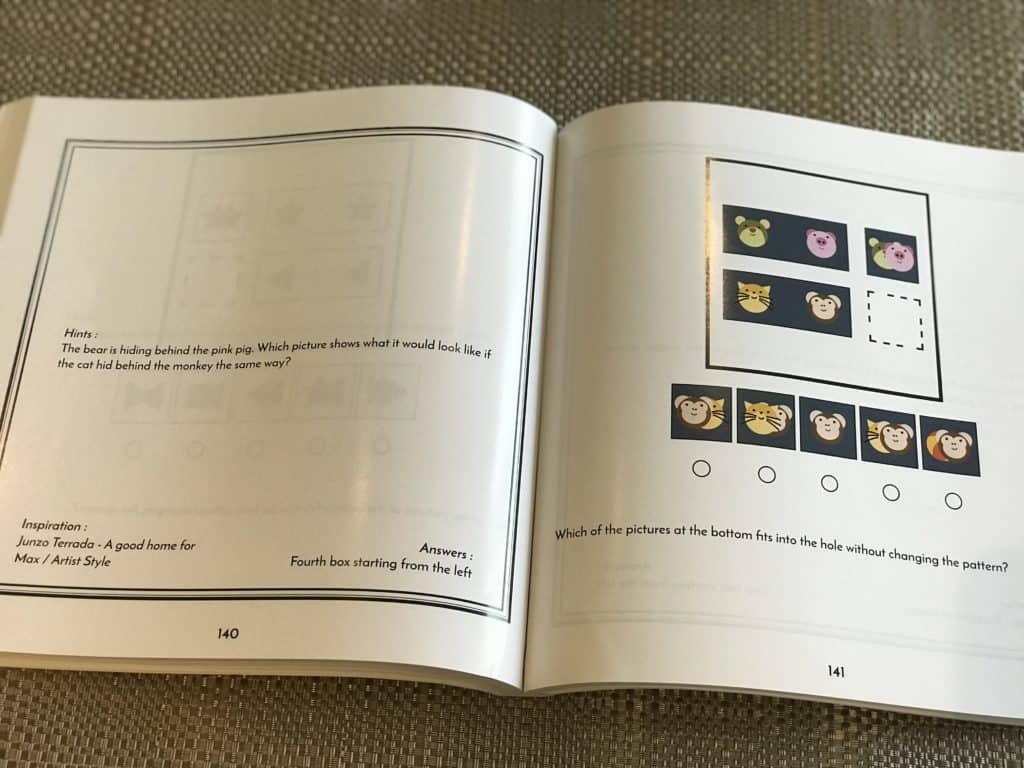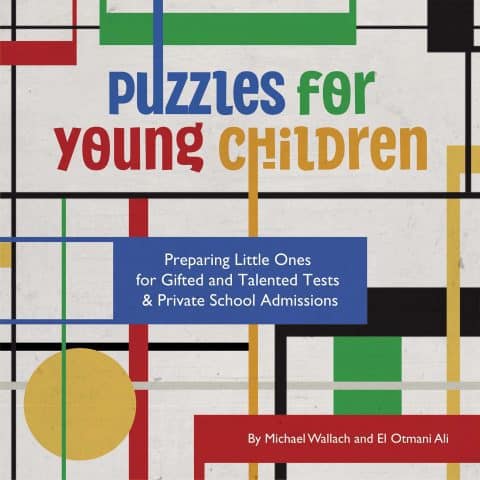
5 Secrets to Get Your Child into an NYC Gifted and Talented Program

NYC Gifted and Talented Programs
As an NYC parent, you must have heard about the infamous Gifted and Talented Programs. Each year, the New York City Department of Education (NYCDOE) administers standardized testing to children pre-kindergarten through grade 2 to determine eligibility for G&T programs. The results of this test can have a profound impact on the resources and style of their future education.
Since the G&T programs are so competitive, the process of applying to the NYC G&T programs can be daunting. Luckily, there are ways to help parents fight for a spot.
Benefits of the NYC Gifted and Talented Programs
In New York City, Gifted and Talented (G&T) programs are one way the city supports the educational needs of exceptional students. These specialized programs are designed in such a way that students are grouped together in a self-contained classroom and receive accelerated/more advanced instruction in all content areas.
Often times a gifted child in a regular class can face the risk of becoming bored or have trouble engaging socially. By placing these talented students in a setting surrounded by other gifted peers, they are encouraged to achieve a higher level of academic success.
Furthermore, children in G&T programs don’t typically feel the need to hide their giftedness to fit in; which leads to more confidence and self-esteem, and an easier time in making friends and socializing.
Studies have shown that over 99% of gifted students go on to complete a bachelor’s degree and 50 times more likely to receive doctoral degrees!
Admission to the NYC G&T Programs
There are two types of G&T programs in NYC: District and Citywide
- District G&T programs give an admission priority to applicants who live in their district. These programs are located within district elementary schools.
- Citywide G&T programs give no admissions priority based on the district of residence and all students in these schools attend the G&T program.
In order to be eligible for either program, students must take the G&T Test and must score a 90 or higher to get a G&T application. A student who scores 90 or higher can apply for District G&T programs, while a student who scores 97 or higher can apply for both District and Citywide G&T programs.
It is also important to note that G&T programs are in very high demand and there is NO GUARANTEE that a student will get a G&T offer, regardless of their test score. From 2017 admission data, 16,582 Kindergarten students took the G&T test, 4,467 scored over 90, but only 2,366 students were admitted to a G&T program.
5 Secrets to Get Admitted Into the NYC Gifted & Talented Programs
Since admission to the programs is extremely competitive, thousands of NYC seek for alternative ways to maximize their child’s odds of getting admitted into the NYC G&T Programs.
Secret 1 – Follow the most updated process for testing and school application
On the NYCDOE website, you can find various Gifted and Talented Handbook for children born in different years. These handbooks provide parents with in-depth information on the G&T admission process, the G&T tests, admission priorities, as well as the specific timeline to apply for testing and school application. Make sure you choose the correct handbook for your child’s birth year and follow the exact steps and deadlines listed on the handbook as they could vary from year to year. Here’s a general guideline for applying to the G&T Programs:
- November: Submit “Request for Testing” form online or in person
- January: Take G&T Test on the scheduled date
- March: Get score report and if applicable, a personalized G&T application
- April: Rank programs on the G&T Application in order of preference and submit it
- May-June: Accept the offer and pre-register at the school
- June – October: Waitlist offers, if applicable
Secret 2 – Prep for the G&T Test
The NYC G&T Test uses two standardized assessments to determine if a child is eligible to apply for a G&T program:
Nonverbal test items from the Naglieri Nonverbal Ability Test (NNAT)
- Pattern Completion – Measures the ability to visually perceive design patterns and identify the correct missing portions
- Reasoning by Analogy – Measures the ability to recognize relationships among geometric shapes
- Serial Reasoning – Measures the ability to recognize sequence among shapes
- Spatial Visualization – Measures the ability to recognize how two or more objects would look if combined
Verbal test items from the Otis-Lennon School Ability Test (OLSAT)
- Verbal Comprehension – Measures the ability to manipulate or respond to information through listening to language, i.e. following directions
- Verbal Reasoning – Measures the ability to discover patterns or relationships and solve problems through the use of language such as aural reasoning and arithmetic reasoning
Should I prep my child for the Gifted Test?
Many parents debate if they should prep their children for the gifted test. Is test prep consider as “gaming” the system? To answer these questions, parents must under two things:
- How the NYC Gifted and Talented Test is being scored?
- How do children learn?
For the NYC G&T Test scoring, it is important to know that the OLSAT and NNAT scores are not simply averaged together to give you a final score. For each test, the DPE considers your child’s age and the number of questions they answered correctly to determine and scaled score. This score is then converted to a percentile rank between 1 and 99. The percentile is a measure of how your child stands relative to his or her peers. For example, a percentile rank of 50 means y our child performed better than 50% of his or her peers. The two percentile ranks are then converted to an overall score using a Normal Curve Equivalent. In simple terms, your child is actually competing against all his or her peers in the same age range to get a spot for the G&T programs. And to get that competitive advantage, being well prepared for the gifted test is absolutely necessary.
Furthermore, young children have amazing abilities to learn. They learn through observation, repetition, constant trial and error, and reasoning and problem-solving. However, at such a young age, many preschoolers do not yet have the ability to translate their innate reasoning skills onto a standardized test that they are not familiar with.
In fact, research has shown that these standardized gifted and intelligence tests actually cannot reveal students’ true potential, rather, they simply measure how well students are able to take tests. From experience, simply because a child does not do well on these tests initially does not mean they do not have the thinking skills to solve the problems presented. This further proves that exposure and familiarity with test formats through play and practice would provide a huge advantage for your child.
In fact, even the NYCDOE itself provides sample test questions to help children prepare for the test.
How to best prepare for the NYC G&T Test?
There are many ways you could prep your child for the NYC G&T Test.
NYCDOE Gifted and Talented Programs Handbook
You could start with the NYCDOE Gifted Program handbook. At the very end of the handbook, there are free sample NNAT and OLSAT tests. These tests give both the parents and the students an idea of what the tests are like, the difficulty of the questions, and instructions on how to take the tests.

Test Prep Material
To further enrich your children’s ability to score high on the gifted tests, many parents choose to purchase additional gifted test prep material. There are lots of resources out there, however, one of the greatest resources that I have come across and highly recommend for NYC parents is Puzzles for Young Children: Preparing Little Ones for Gifted and Talented Tests & Private School Admission by Michael Wallach and El Otmani Ali from Central Park Tutors.
This 237-page book is neatly divided into 10 forms of reasoning that commonly appear on gifted and intelligence tests.
- Pictorial and Figural Reasoning
- Pattern Recognition
- Reasoning by Analogy
- Sequential Thinking
- Spatial Visualization
- Aural Comprehension
- Aural Reasoning
- Quantitative Reasoning
- Letter Recognition and Phonemic Awareness
- Number Recognition and geometric Fluency
As a parent for 2 preschoolers myself, I really like how this book is formatted more like a children activity book than a typical workbook. There are 90 brain puzzles presented in this book, all are beautifully designed and inspired by the styles of more than 50 of the greatest artists of the twentieth century, from Picasso to Klee, Mondrian to Matisse.
 \
\ 
Furthermore, instead of having many questions on one page, this book presents only one brain puzzle per page. One of the typical problems I have when doing worksheets with my preschoolers is that their attention would jump from one question to the next when they are all presented on the same page. By having only one question per page, it is extremely helpful in keeping my children engaged and focused on solving that question.
Not only are the questions in the book fun and challenging, they are extremely similar to the questions your little one would see on the actual NYC G&T Test. So while you are working through these game-like brain puzzles with your child, your child is gaining not only the reasoning ability behind the puzzles but also the proper way to apply that same reasoning ability to a standardized test.
And unlike traditional test prep books where you need to flip back and forth to get to the answer key and explanation, this book provides detailed hints and explanation to parents right beside the question itself to help parents and students navigate through the questions.
Honestly, compared to many gifted test prep books available out there, Puzzles for Young Children definitely stands out as one of the top resources for the NYC G&T prep. Their questions are age-appropriate, high quality, and my sons definitely love doing these puzzles as they are more like games than work. And since their questions are designed based on numerous common kindergarten admission tests, the knowledge and skills your child could gain from this book could be applied to private school testing in NYC as well.
Puzzles for Young Children is currently available on Amazon for $13.38.
Private tutoring
There are many private tutoring companies in NYC that provide G&T test prep. The rates of such tutoring programs range from $30 an hour to $200 an hour, depending on location and quality. Usually, 10 sessions are required. These tutoring programs are great for busy parents who don’t have time to work through test prep material with their children, or for those would like professional tutors involvement.
Secret 3 – Prepare your child for G&T Test during everyday interactions
Using a variety of everyday vocabulary to describe the position of items in space, looking for patterns, discussing quantitative concepts like more and less and less, and imagining what an object would look like if it were turned upside-down or sideways are some activities that may help children prepare for the kind of thinking required to do well on the gifted tests. Parents are also encouraged to spend 30-60 minutes a day reading with their children to improve their vocabulary and verbal abilities.
Secret 4 – Get some rest before the Gifted Test
Make sure your child gets a good night of sleep and eats a nutritious meal before taking the test. You can also lessen anxiety by helping to ease your child’s mind about the test. Encourage them to do their best and remind them that they are not expected to know the answer to every question.
Secret 5 – Know your rights about NYC G&T Testing
It is the policy of NYCDOE to provide equal educational opportunities without regard to actual or perceived race, color, religion, age, creed, ethnicity, national origin, alienage, citizenship status, disability, weight, and gender or sexual orientation.
If English is not your child’s first language, you can choose the test language preference on the Request For Testing form. Besides English, your child may take the test in Arabic, Bengali, French, Cantonese, Mandarin, Haitian-Creole, Korean, Russian, Spanish, or Urdu.
If your child has disabilities, you can request for the appropriate testing accommodations as well.
And lastly, it is important to know that G&T programs give an admission priority to students with siblings currently enrolled in those programs. So if your child applies to a G&T program at a school that their sibling attends, they have greater priority to attend that program than applicants without siblings at that school.
Good Luck Getting Into NYC Gifted & Talented Programs
The NYC Gifted and Talented Programs are extremely competitive. With the tips above, you can boost and maximize your child’s chance of getting into one. Good luck with everything and please share with us your experience and tips with the NYC G&T process.
Love Baby Mozart?
Follow us on Social Media!
Subscribe today to get exclusive advice on our latest parenting tips, brain development tools, music and songs updates, and much much more! Remember, it's 100% FREE!



